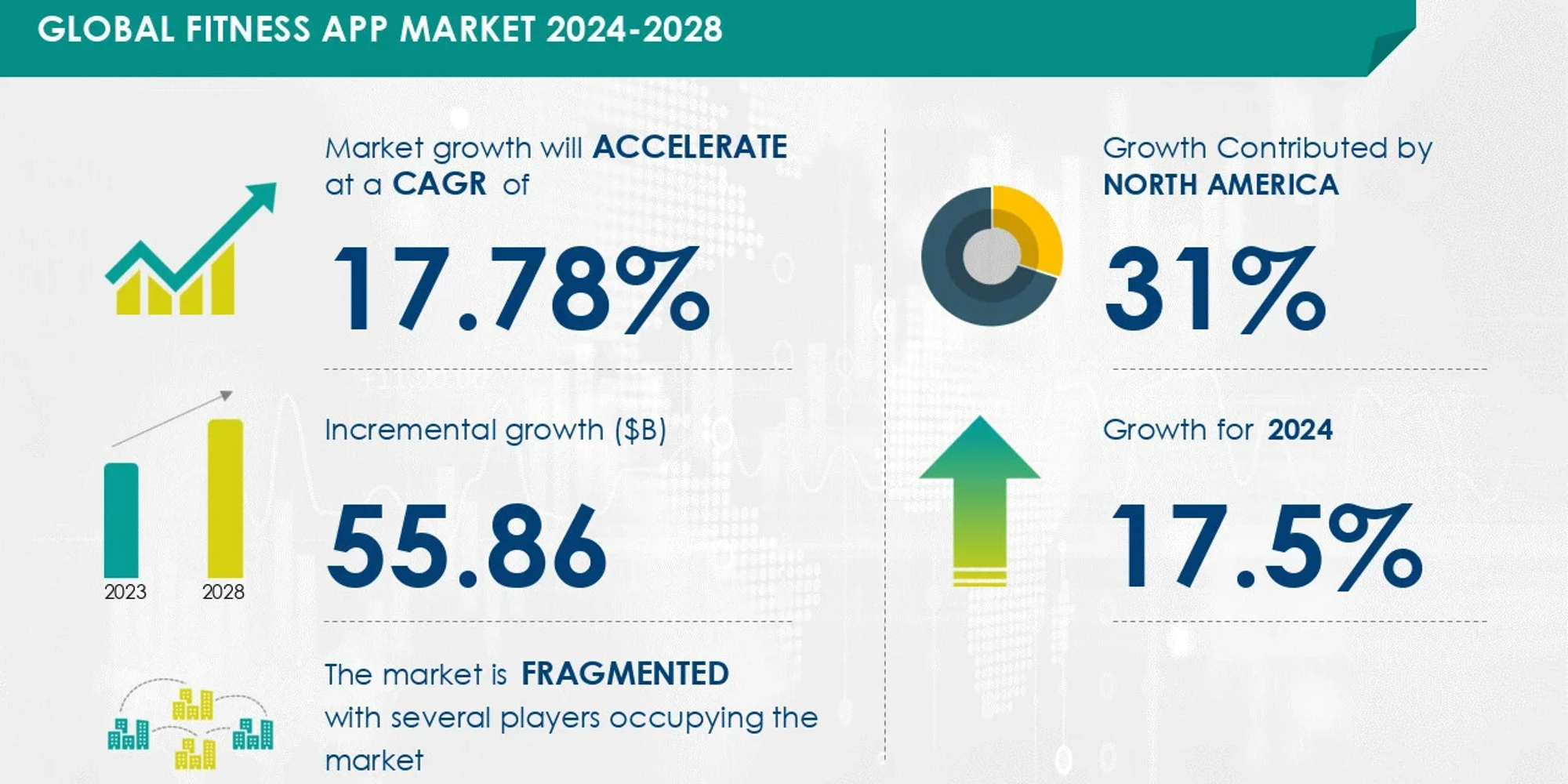Tech
Forget The New iPhone 16, Apple Has Something Much Better

Apple will launch the new iPhone 16 early in September, but a new iPhone is coming that is far more exciting for consumers than the vanilla iPhone 16. How long will you have to wait for this fourth-generation iPhone SE, and will it be worth the wait?
Attendees look at the new iPhone 15 during an Apple event at the Steve Jobs Theater in 2023 (Photo … [+]
The current iPhone SE was launched in 2022, and the previous model in 2020. Many in the Aplpe community were hoping for another two-year gap and the release of an iPhone SE in 2024, but this has not come to pass. While Apple has not confirmed any SE plans, the sheer volume of leaks and data from the supply and manufacturing channels all point to a new SE being prepared for launch.
Unlike the mainline iPhones, which see annual announcements on the second Tuesday of September, there is not a tight correlation on the exact day of previous iPhone SE release dates. The original SE was launched on March 21 2017, the second generation on April 15 2020, and the third generation on March 8 2022.
Apple has traditionally launched a wave of products between mid-March and mid-April each year. Sometimes, these are the aforementioned iPhone SE models, but the late Q1 window has also been used to launch new iPads, MacBooks and Macs. While there are no pointers to the exact date for the launch of the presumptively named iPhone SE 4, you shouldn’t be too far out if you go with a late-March reveal.
One of the biggest impacts of the release date will be Apple Intelligence. While Tim Cook and his team will make a limited subset of its generative AI software available in September and allow the marketing of the iPhone 16 and iPhone 16 Pro to include AI, presumably “in a way that only Apple can”, the generally accepted suite of “this is generative AI for smartphone” not arrive until Q1 2025, a date that lines up nicely with the launch of the iPhone SE.
It’s a safe assumption that Apple will include generative AI with the iPhone SE—considering the increasing numbers of mid-range Android Phones launching with AI it would be a courageous decision not to include it. Given the demand this places on the iPhone chipset, the iPhone SE will have to launch with the latest A18 Apple Silicon to have the required hardware capability. This wouldn’t be an unusual choice for the SE; the last two generations of SE have launched with the same chipset as the current vanilla iPhone (matching the iPhone 11 and iPhone 13, respectively), although you might see an A18 chip with fewer GPU cores compared to the iPhone 16 Pro).
Nevertheless, the iPhone SE may leapfrog the iPhone 16 and debut new hardware. Noted analyst Ming-Chi Kuo reports that after many years of delays and frustrations, Apple is finally reading to use its own 5G modem design in its hardware. The iPhone line currently relies on Qualcomm for a cellular connection, forcing Apple to accommodate third-party hardware. Owning the modem would mean efficiencies in iOS, which could offer faster connectivity using less battery power. Kuo also reports that the new modem could debut with the iPhone SE.
If the iPhone SE can offer a full suite of AI tools, a faster and more efficient modem, and the same powerful specs at a lower price than the iPhone 16, the launch date becomes a crucial part of the decision-making process on which iPhone to purchase. March 2025 is not that far away to get the first consumer-focused iPhone for a new generation.
Now read the latest iPhone, iPad, and Mac headlines in Forbes’ weekly Apple Loop news digest…









